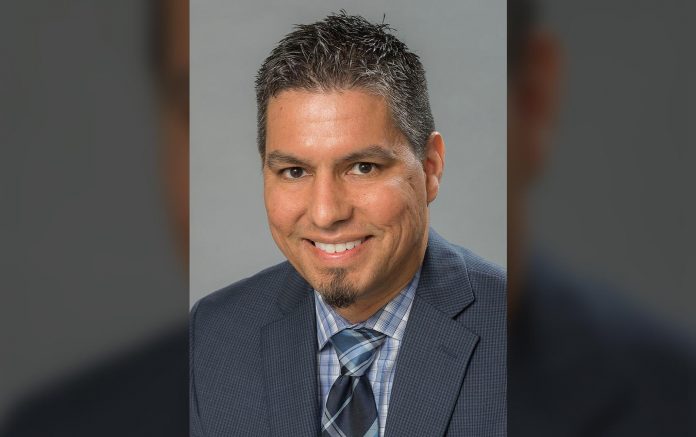By Robert Ramirez, DO
Posted: August 19, 2020
As oncologists we recognize that the patient–physician relationship is of utmost importance in establishing the patient’s trust in the physician and in the physician’s ability to learn more about the patient’s needs and perform accurate assessments for treatment planning. The majority of this relationship is established through face-to-face office visits. During this unprecedented time caused by COVID-19, patients are self-quarantining and medical practices are encouraging virtual contact as much as possible. It is important, however, that the patient–physician relationship remain intact. This can be accomplished effectively through telehealth.
Telehealth can be accomplished using three different platforms.1 The first method is a video conference through the electronic medical record. This is the preferred method because patients and physicians can connect through direct visualization while maintaining Health insurance Portability and Accountability Act (HIPPA) compliance. The second method is a telephone visit, which may be more attractive to patients in rural areas or to those who do not have internet access. The third method is through a third-party platform for video (ie, Skype and Apple Facetime, Zoom), knowing that this may not always be HIPPA compliant and physicians should notify patients that these third-party methods potentially introduce privacy risks. Platforms that are public facing (Facebook Live, Twitch, Tik Tok) should not be used.2
Addressing Each Patient’s Needs
There are essentially three separate patient populations that are seen in the oncology clinic. Those patients with a new oncologic diagnosis, patients with an established diagnosis who are either receiving treatment or who are on surveillance, and those who have received a diagnosis and are looking for a second opinion. Telehealth can effectively manage all three patient situations. New and established patients are prepared for their virtual visits, and medical records are gathered prior to this visit. During the visit the physician can review the history, perform a limited outward visual exam, and determine treatment options. This is done in a similar fashion as regular face-to-face office visits, often while saving patients time and expense, as well as enabling them to limit potential virus exposure.
Through telehealth, with video, physicians can assess the patient but if there is doubt about the need for a more in-depth physical exam, patients continue to have the option of being seen in person with the proper precautions. If a video option is not available, physicians can, in most cases, still assess whether the patient would need to be seen in person or if the patient can proceed on to treatment. All of these options will allow the patient access to their physicians while allowing continuity of care.
Telehealth also provides opportunities for patients to access high-volume specialty centers. In the era of COVID-19, restrictions of licensure have been relaxed and allow physicians to apply for temporary licensing, without the regular hurdles of obtaining a full medical license. This is regulated by states but may allow patients to be seen at centers of excellence, which because of travel restrictions or financial hardships might not have been possible without telehealth. Specialists can then communicate recommendations to the local oncology team and follow them “virtually” moving forward.
Although telehealth has been used for years in many settings, COVID-19 has certainly taught us how to be creative and provide uninterrupted (or minimally interrupted) care for our patients with lung cancer. Patients have generally been very receptive to the idea of seeing their physicians from home, and this will likely change the way we practice in the future. For new patients, telehealth allows specialty-center access for initial or second opinions, which may ultimately lead to better outcomes for patients. Overall, during this pandemic, telehealth has preserved the patient–physician relationship while allowing reduced clinic exposure without sacrificing care.
About the Author: Dr. Ramirez is a senior thoracic and neuroendocrine oncologist at the Ochsner Health System in New Orleans. He is a member of the IASLC Communications Committee.
References
1. Ramirez, RA, Bren-Mattison, Y, Thiagarajan, R, Boudreaux, JP, Marsala, AJ, Ryan, P, Maluccio, MA. A Neuroendocrine Tumor Specialty Center in New Orleans (NOLANETS) Response to Patient Care During the COVID-19 Pandemic [published online ahead of print, 2020 May 5]. Oncologist. 2020;10.1634/theoncologist.2020-0279. Doi:10.1634/theoncologist.2020-2079
2. U.S. Department of Health and Human Services. Notification of Enforcement Discretion for Telehealth Remote Communications During the COVID-19 Nationwide Public Health Emergency. Updated March 30, 2020. Accessed May 8, 2020. https://www.hhs.gov/hipaa/for-professionals/special-topics/emergency-preparedness/notification-enforcement-discretion-telehealth/index.html.
Related Article:
Telehealth Successes and Challenges











